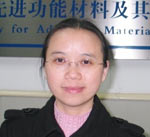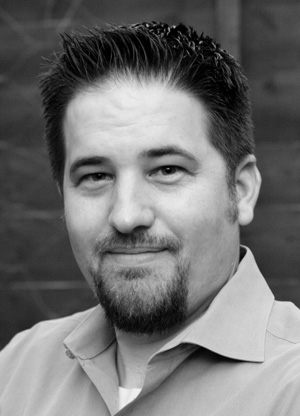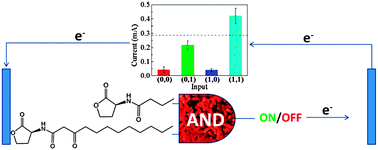 Xin-Yan Wu is an organic chemist based at East China University of Science and Technology, Shanghai, China. Her research focuses on the development of bifunctional organocatalysts, the subject of her recent ChemComm communication: Enantioselective intramolecular Rauhut–Currier reaction catalyzed by chiral phosphinothiourea
Xin-Yan Wu is an organic chemist based at East China University of Science and Technology, Shanghai, China. Her research focuses on the development of bifunctional organocatalysts, the subject of her recent ChemComm communication: Enantioselective intramolecular Rauhut–Currier reaction catalyzed by chiral phosphinothiourea
Find out more by downloading the communication – it is free to download until 14th February 2011.
Xin-Yan Wu has been talking to ChemComm about her work.
What inspired you to become a scientist?
I was fascinated with chemistry during high school and being a chemist became my dream. Therefore I chose chemistry as my major at university. During my undergraduate study I was greatly enchanted by the creativity and diversity of organic chemistry thus I chose to further pursue a doctorate in this field. After being awarded my PhD title, I joined Professor Qi-Lin Zhou’s research group (East China University of Science and Technology) and began to work in the field of asymmetric catalysis. My patient and silent nature was the catalyst for promoting me as a scientist.
What was the motivation behind the work described in your ChemComm article?
The development of new bifunctional organocatalysts became my research interest when I started to independently progress my research work. Although amino acid-derived aminophosphine compounds are useful intermediates for chiral ligands, they had never been used in asymmetric organocatalysis. In recent years we have developed phosphinothiourea derivatives as efficient catalysts. Initially, we focused on the Morita-Baylis-Hillman reaction and the 1,3-diploar cycloaddition. During the preparation of ω-formyl-enones as substrates for intramolecular Morita-Baylis-Hillman reaction via Wittig reaction, bis(enones) were obtained as by-products. We consequently envisioned whether chiral phosphinothiourea could catalyse the enantioselective Rauhut-Currier reaction of bis(enones). To the best of our knowledge, this reaction has scarcely been studied and the use of chiral organophosphine as its catalyst has never been reported. Hence, we attempted the phosphinothiourea as the catalyst for promoting such reaction, and fortunately we have obtained satisfactory results. Indeed, there are sometimes unexpected but pleasant surprises in research.
Why did you choose ChemComm to publish your work?
Because ChemComm is one of the most highly regarded international journals in chemistry and it possesses a broad readership.
Where do you see your research heading next?
We are now working on the enantioselective cycloaddition reactions catalysed by the amino acid-derived aminophosphines reported in the present paper. Meanwhile, we are seeking for other novel bifunctional organophosphines as organocatalysts, efficiently fulfilling a wide spectrum of enantioselective reactions.
What do you enjoy doing in your spare time?
I like cooking for my husband and writing blogs for my daughter.
If you could not be a scientist but could be anything else what would you be?
I would like to be a writer or a doctor.















